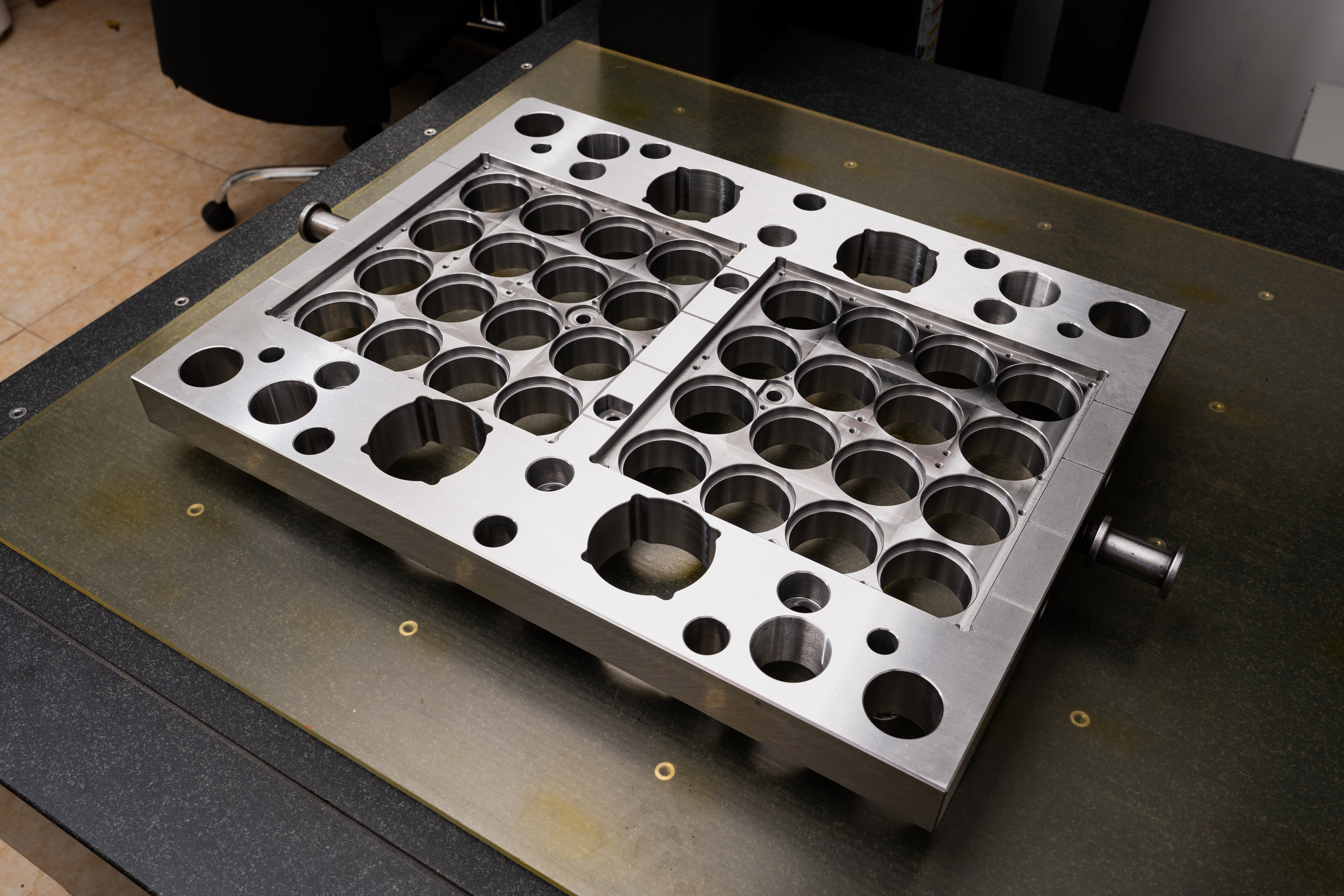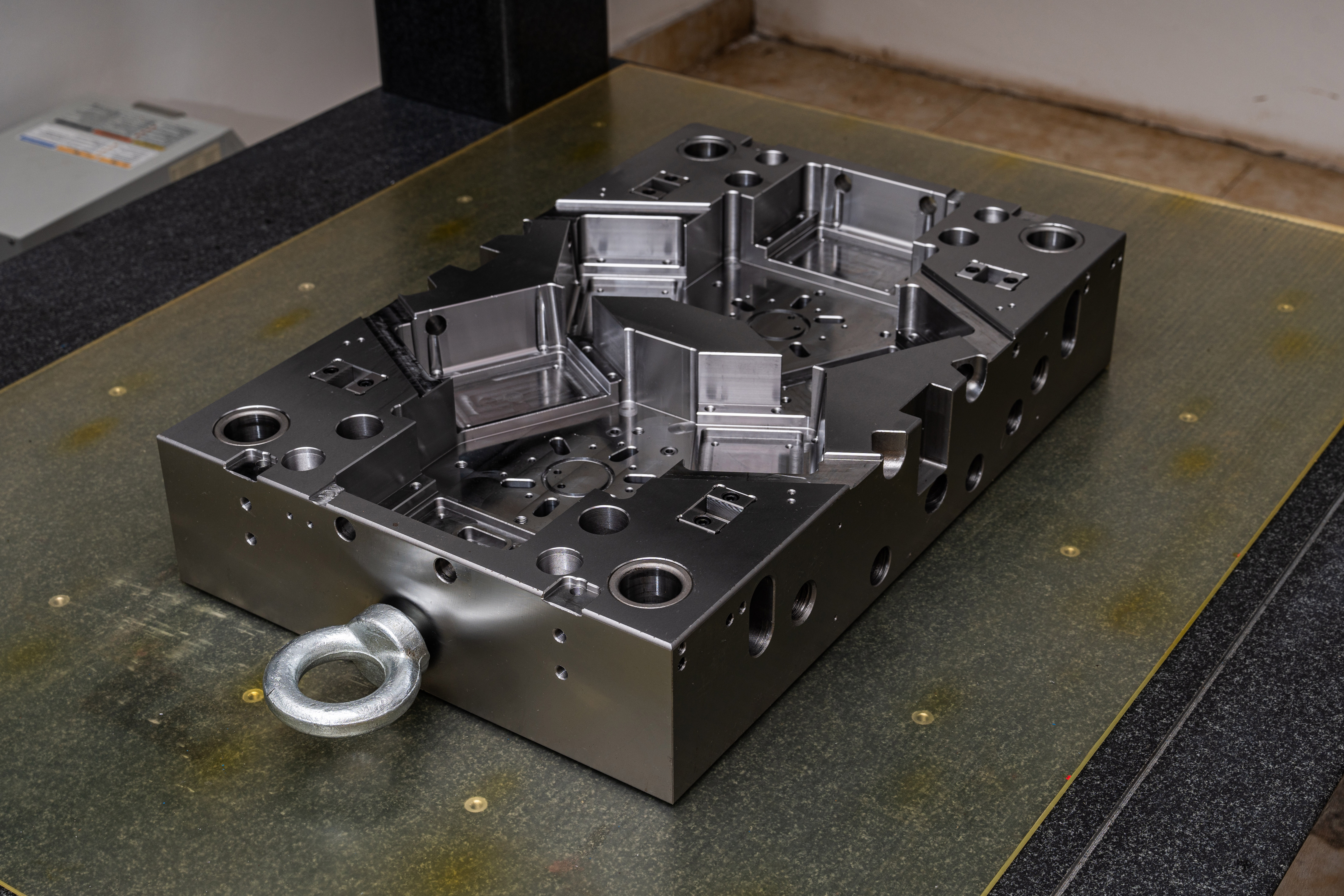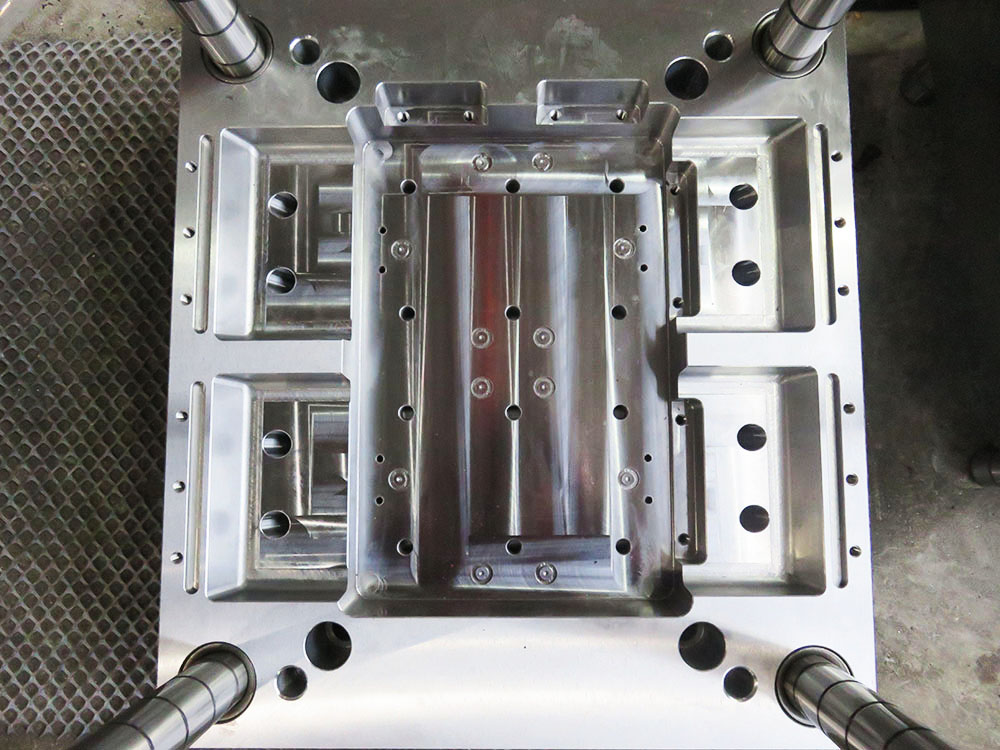Mold Base Industry: Drawing a Three-Dimensional Model of a Bracket
The mold base industry plays a crucial role in the manufacturing of various products by providing the foundation for the creation of molds used in injection molding processes. In this article, we will explore the process of drawing a three-dimensional model of a bracket, which is commonly used in numerous industries. Let us delve into the details of this complex yet fascinating task.
Step 1: Understanding the Specifications
Before embarking on the drawing process, it is essential to thoroughly understand the specifications of the bracket. This includes the dimensions, material requirements, and any additional features or constraints. These details are vital to ensuring the accuracy and functionality of the mold base.
Step 2: Creating a 2D Sketch
To begin the three-dimensional modeling process, we first create a 2D sketch of the bracket. This sketch serves as the foundation for the subsequent steps and allows us to outline the basic shape and dimensions of the bracket.
Step 3: Extruding the Sketch
The next step involves extruding the 2D sketch to create a three-dimensional shape. This is done by pulling the sketch along an axis to add depth to the bracket. It is crucial to consider all the necessary angles and dimensions during this process to accurately represent the final product.
Step 4: Adding Fillets and Chamfers
To enhance the design and functionality of the bracket, fillets and chamfers are added to the edges. Fillets help to round off sharp corners, while chamfers create beveled edges. These features not only improve the aesthetics of the bracket but also prevent stress concentration and facilitate easier mold ejection.
Step 5: Incorporating Mounting Holes
Depending on the specific requirements of the bracket, mounting holes may need to be included. These holes allow for attachment to other components or structures. It is essential to accurately position and size these holes to ensure proper alignment and functionality.
Step 6: Checking for Interferences and Clearances
Prior to finalizing the three-dimensional model, it is necessary to check for any interferences or clearances that may affect the manufacturing process or the overall functionality of the bracket. This step ensures that the final model is free from any unwanted collisions or obstructions.
Step 7: Finalizing the Three-Dimensional Model
Once all the necessary details, features, and clearances have been accounted for, the three-dimensional model of the bracket can be finalized. This entails refining the geometry, adjusting dimensions if required, and ensuring that all design specifications are met.
Conclusion
In conclusion, drawing a three-dimensional model of a bracket in the mold base industry involves a structured and precise process. By understanding the specifications, creating a 2D sketch, extruding the sketch, adding fillets and chamfers, incorporating mounting holes, checking for interferences and clearances, and finalizing the model, a comprehensive and accurate representation of the bracket can be achieved. The mold base industry continues to innovate and refine these processes to meet the growing demands of various manufacturing sectors.




